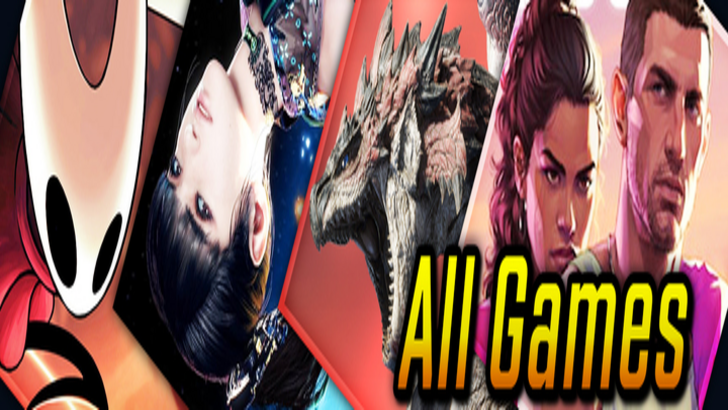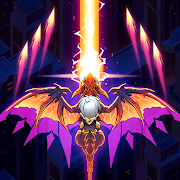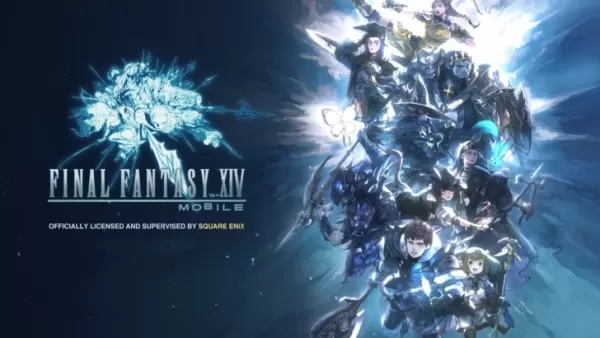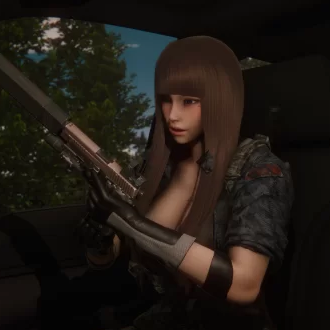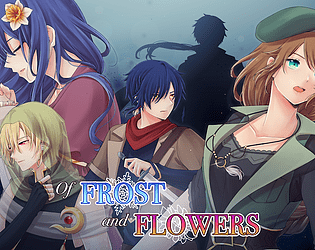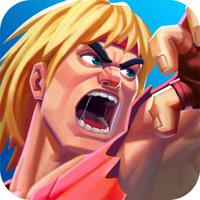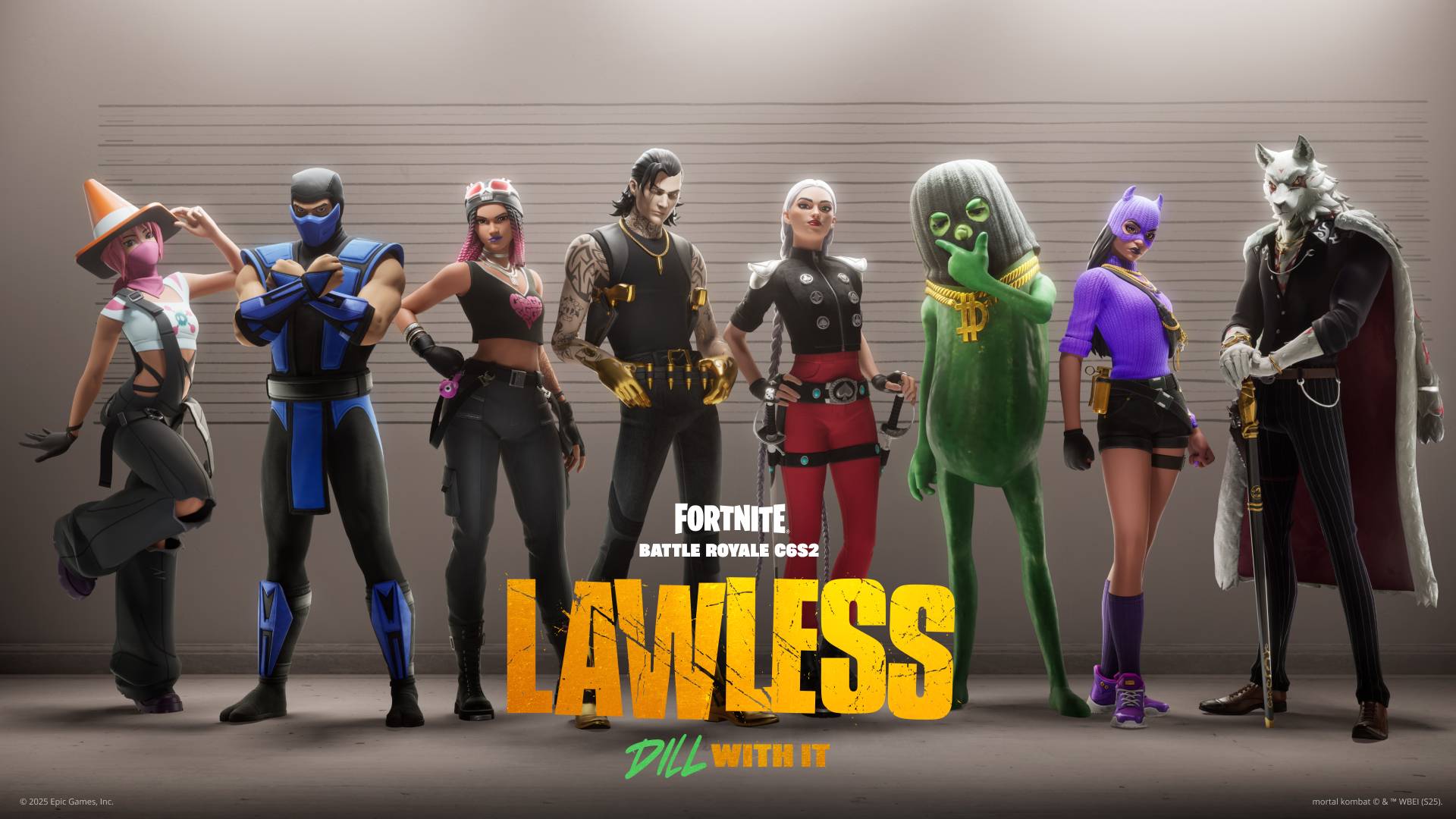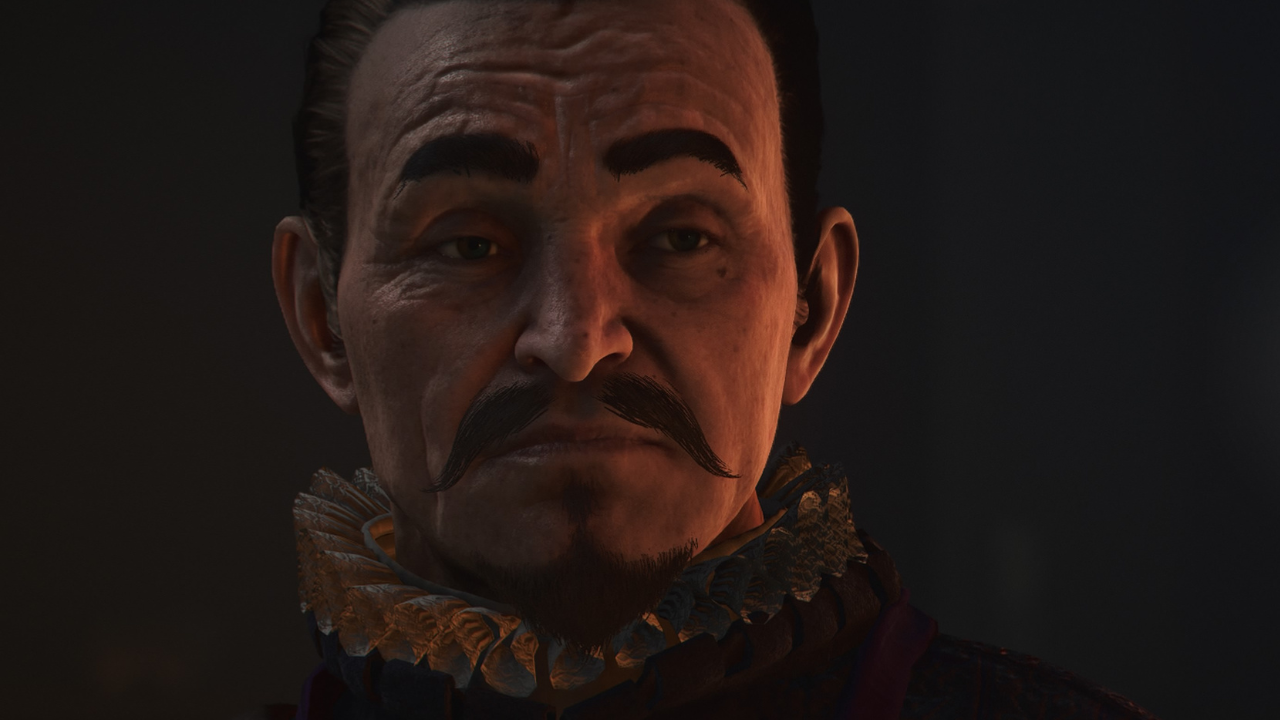The History of Monster Hunter Weapons
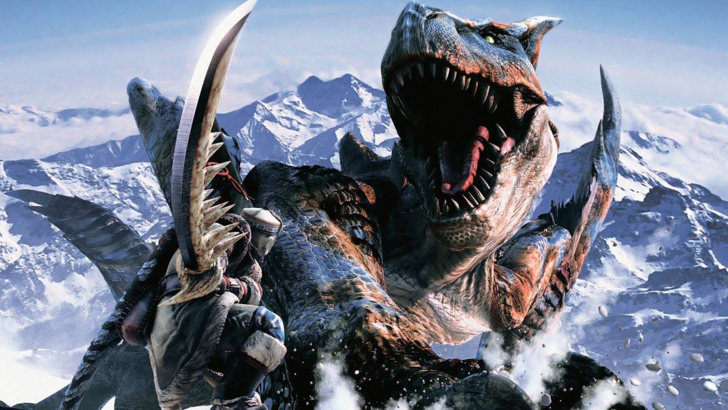
Monster Hunter is renowned for its diverse weapon selection and captivating gameplay. But did you know even more weapons existed in earlier games, never making it to newer releases? Let's explore the rich history of Monster Hunter weapons.
← Return to Monster Hunter Wilds' main article
History of Weapon Types in Monster Hunter
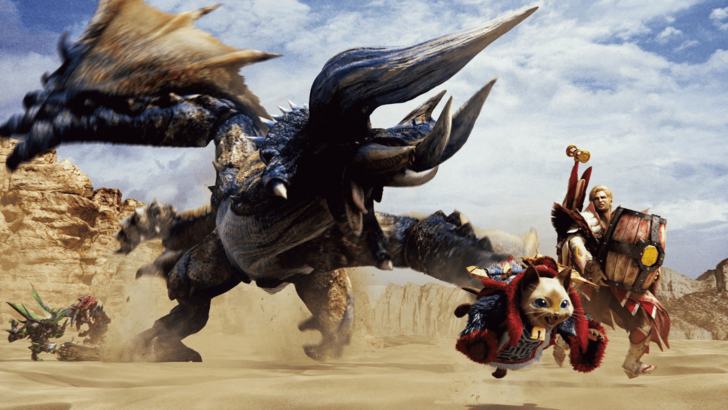
Monster Hunter, celebrating over two decades since its 2004 debut, is famous for its varied weapon types. Monster Hunter Wilds will boast fourteen distinct weapon types, each demanding mastery of unique strengths, weaknesses, movesets, and mechanics.
The evolution from the original Great Sword to its modern counterpart is dramatic, showcasing the series' growth. Furthermore, several weapons from earlier games remain absent from Western releases. Let's delve into this fascinating history, focusing on the hunter's most crucial tool: the weapon.
First Generation
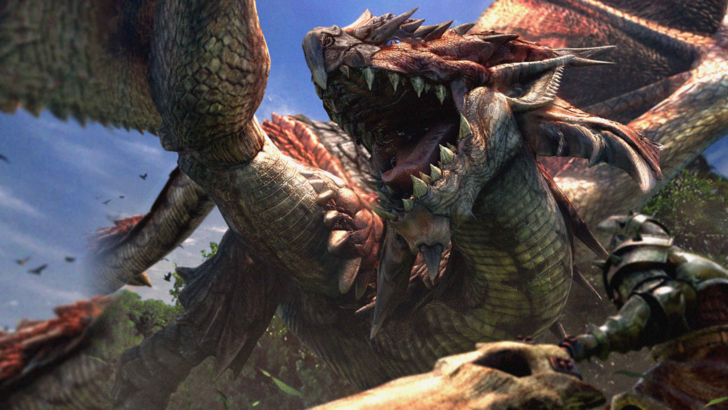
These weapons, introduced in the first Monster Hunter game and its iterations, are the series' foundational arsenal. They've endured, evolving with refined movesets and mechanics.
Great Sword
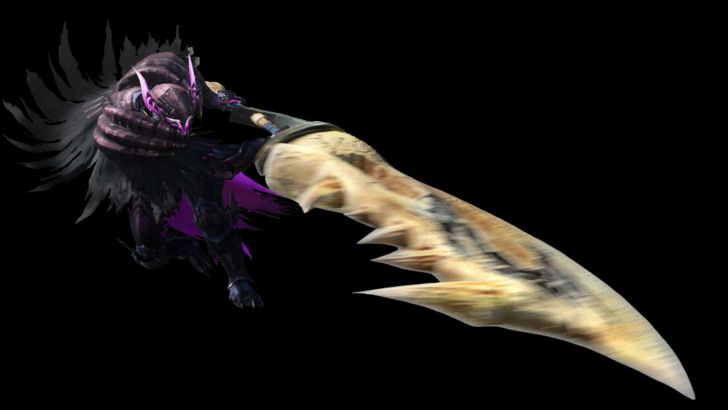
The franchise's iconic powerhouse, the Great Sword, debuted in 2004. Its immense single-hit damage comes at the cost of slow attacks and movement—think of a Gravios attempting a charge. The heavy blade can also serve as a shield, though at the expense of stamina and sharpness.
Initially, gameplay centered on hit-and-run tactics and precise spacing. While combos were possible, slow animations made extended chains inefficient. Interestingly, the blade's center inflicted greater damage than its tip or hilt.
Monster Hunter 2 introduced the iconic Charged Slash, a multi-level charge attack culminating in a devastating swing. This remains a defining feature.
Subsequent games refined the charge mechanic, adding finishers and smoother combo transitions. Monster Hunter World's shoulder tackle, for example, allows for quicker access to charged attacks.
The Great Sword offers a low skill floor, high skill ceiling. Mastering hit-and-run is easy, but maximizing damage through precise timing of the True Charged Slash separates experts from the rest.
Sword and Shield
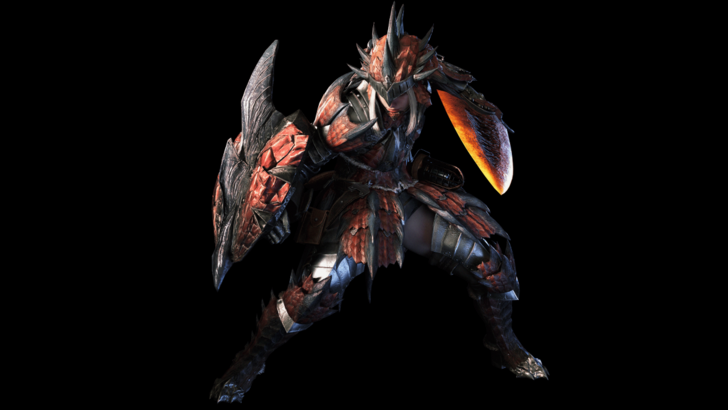
The Sword and Shield embodies versatility. While lacking in single-hit power, it compensates with rapid combos, blocking, mobility, and utility. Initially considered a beginner weapon, its complexity has grown significantly over the series.
Early gameplay relied on quick slashes and mobility. Monster Hunter 2 added the ability to use items while the weapon remained drawn.
Later installments expanded the moveset, introducing shield bash combos (Monster Hunter 3), backsteps and jumps (Monster Hunter 4), and the Perfect Rush and aerial finishers (Monster Hunter World and Rise).
Despite its short range and moderate damage, the Sword and Shield is a true jack-of-all-trades. Infinite combos, quick attacks, evasive backsteps, powerful finishers, and a reliable block make it deceptively deep.
Hammer
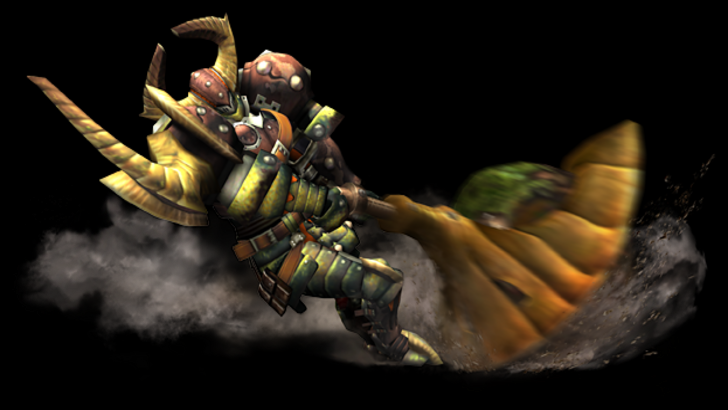
One of two blunt weapons (incapable of cutting tails), Hammers excel at breaking parts, particularly heads. After Monster Hunter 2, they became renowned for their KO potential.
Gameplay resembled the Great Sword's hit-and-run style, but with surprisingly high mobility and no blocking. The charge mechanic uniquely allowed movement while charging.
Movesets have remained largely consistent, with significant changes arriving in Monster Hunter World and Rise. New attacks like the Big Bang and Spinning Bludgeon boosted offensive capabilities beyond the classic golf swing and Superpound.
The introduction of Strength and Courage modes added strategic depth, altering charge attacks and effects without significantly impacting damage output. Mastering mode switching is key to maximizing effectiveness.
The Hammer's objective is simple: target the head and KO the monster. While straightforward, this requires skill and precise timing to unleash devastating charged attacks and finishers.
Lance

The Lance epitomizes the adage, "a good offense is a great defense." Its long reach allows for ranged attacks, while its large shield blocks most attacks—even unguardable ones with the right skills. Despite its limited mobility and attacks, it boasts considerable damage.
Gameplay favors a defensive, poke-and-counter style. Basic attacks include forward and upward thrusts, chainable up to three times. A counter mechanic was added, reinforcing its defensive identity. Running charge and shield bash attacks help close the distance.
Often underestimated due to its less flashy animations, the Lance rewards patience and defensive prowess. It transforms the hunter into a tank, exceeding even the Gunlance in defensive capabilities.
Light Bowgun
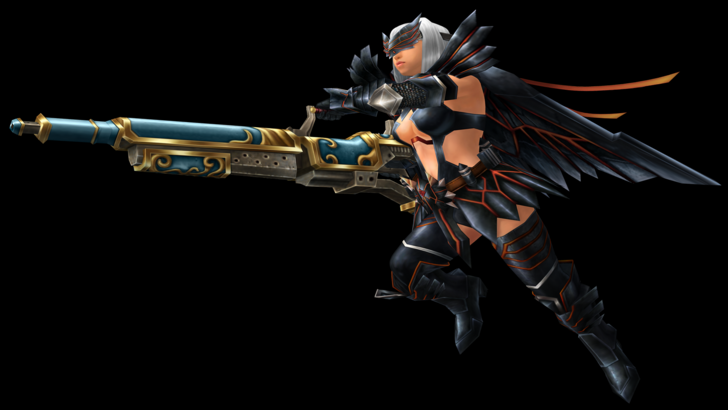
The Light Bowgun is a highly mobile ranged weapon, maintaining normal movement speed while drawn. Its faster reload speed and maneuverability make it more accessible than its heavier counterpart, though with limited ammunition. Customization options include barrels, silencers, and scopes.
While lacking the firepower of the Heavy Bowgun, the Light Bowgun compensates with rapid-fire capabilities for certain ammo types, surpassing other ranged weapons in ease of use and overall effectiveness.
Monster Hunter 4's "Critical Distance" mechanic added depth, requiring precise range for maximum damage, varying by ammunition type.
Monster Hunter World introduced Wyvernblast (planted bombs detonated on impact) and a slide maneuver, further enhancing its mobile, run-and-gun style.
The Light Bowgun has evolved beyond a weaker Heavy Bowgun variant. Its simple design has become robust and accessible without sacrificing mechanics or specialty.
Heavy Bowgun
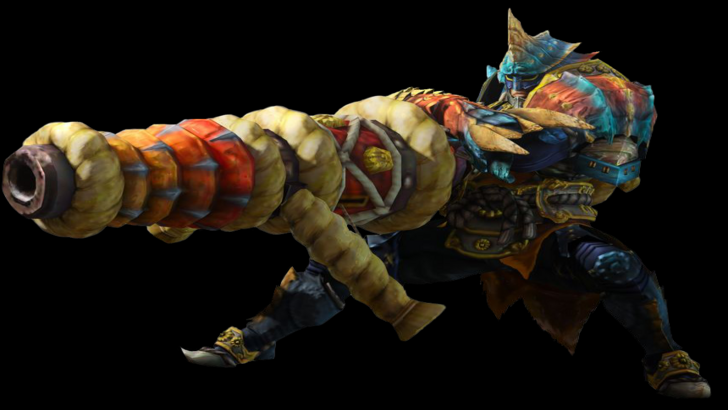
The Heavy Bowgun is the premier ranged weapon, offering high damage and access to specialized ammunition. However, its size and weight restrict movement while drawn.
The trade-off for mobility is flexibility in ammunition choice. While slow (only walking is possible while drawn), it can be customized and even equipped with a shield.
Its core design has remained consistent, providing heavy artillery support. Low mobility can lead to downtime if the monster focuses its attention.
Monster Hunter 3 introduced Siege Mode, allowing continuous firing without reloading. Monster Hunter World added Wyvernheart (minigun-like) and Wyvernsnipe (high-damage single-shot) special ammo, requiring strategic ammunition management.
The Heavy Bowgun's strength lies in powerful ammunition like Cluster and Crag, enabling efficient monster takedowns. While minor changes have occurred, its core identity remains: big gun, big bullets.
Dual Blades
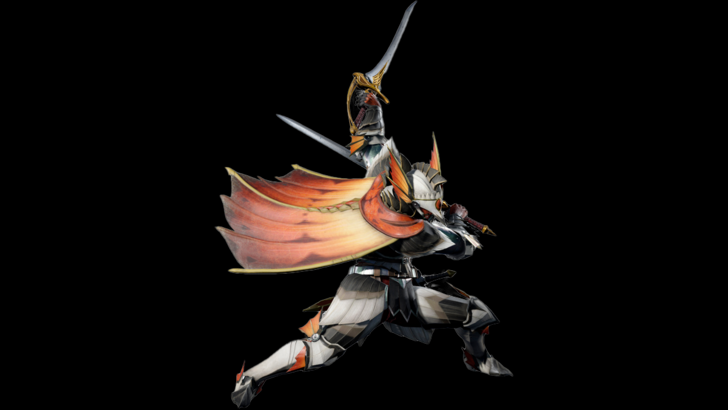
The flashy Dual Blades prioritize speed, excelling at inflicting status ailments and elemental damage due to their multi-hit attacks. Interestingly, despite being a first-generation weapon, they were initially exclusive to Western releases of Monster Hunter.
Fluid combos and high attack speed surpass the Sword and Shield in raw offensive power. Individual attacks are weak, but rapid strikes accumulate significant damage.
The defining feature is Demon Mode, a temporary state boosting damage and access to additional attacks and maneuvers at the cost of continuous stamina drain.
Monster Hunter Portable 3rd and 3 Ultimate introduced the Demon Gauge, filling with each attack in Demon Mode. A full gauge activates Archdemon Mode, providing powered-up attacks and maneuvers without stamina drain.
This significantly altered gameplay, encouraging sustained Archdemon Mode rather than cycling in and out of Demon Mode. The Demon Dash, a unique movement tool, further enhances mobility. Monster Hunter Generations Ultimate's Adept Style linked perfect dodges to the Demon Dash, granting damage buffs.
While core gameplay remains consistent, refinements have enhanced its offensive capabilities. Archdemon Mode revolutionized the weapon, unlocking its full potential.
Second Generation
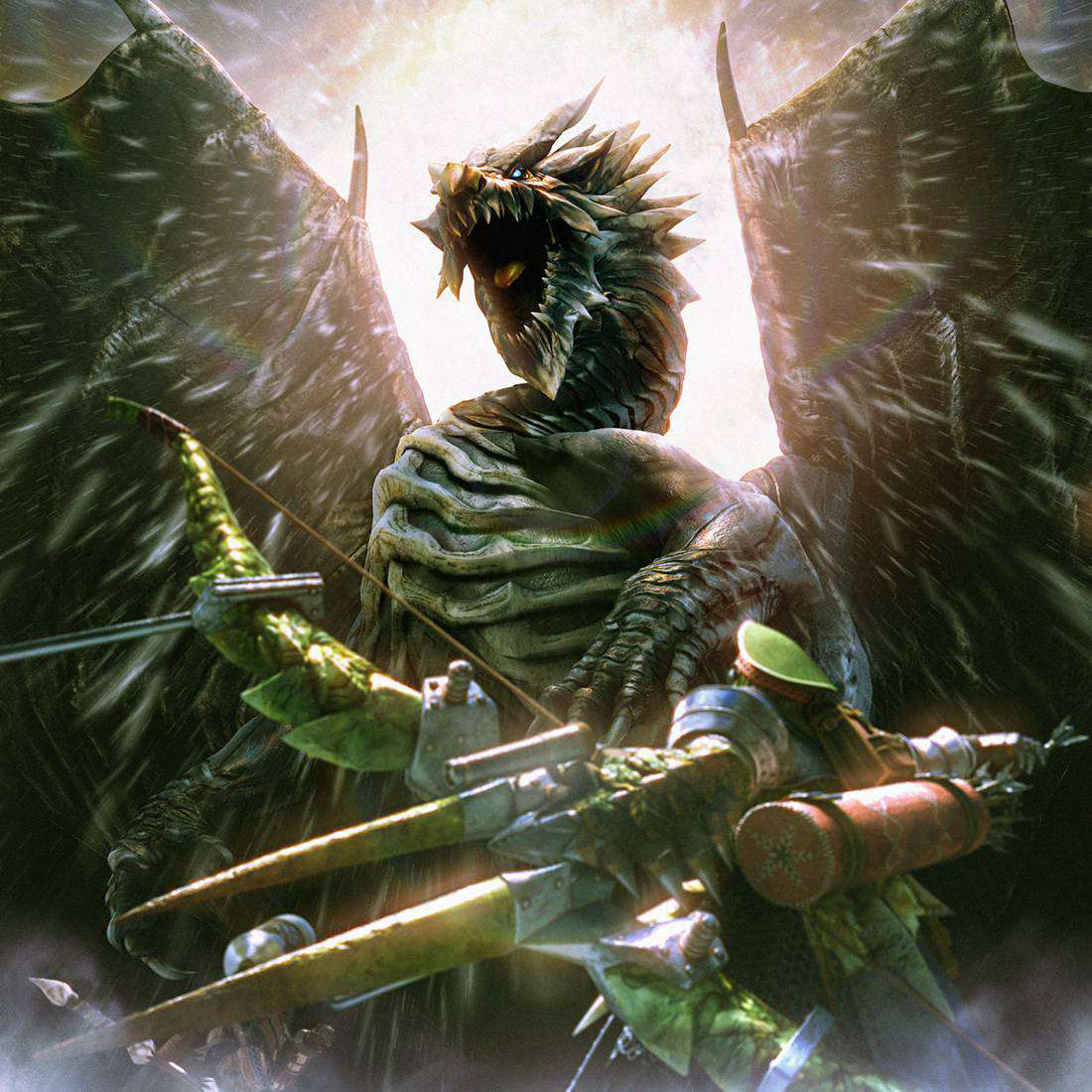
Introduced in the second generation, these weapons are akin to enhanced versions of their first-generation counterparts, boasting unique movesets and mechanics.
Long Sword
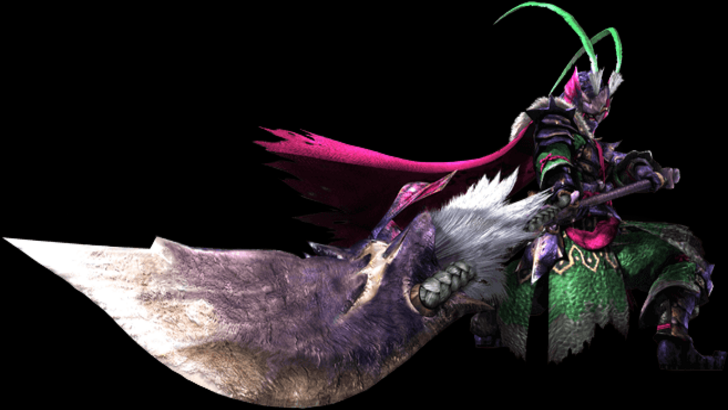
The Long Sword is known for its fluid combos, high damage, and sophisticated mechanics. Cosmetically similar to katanas among first-generation Great Swords, it became a distinct weapon type in Monster Hunter 2. While sharing the Great Sword's slashing focus and high damage, it offers superior mobility and more flowing combos, at the cost of blocking.
The Spirit Gauge, filled by landing attacks, activates the Spirit Combo, a powerful damage-dealing string of attacks.
Monster Hunter 3 expanded the Spirit Gauge, adding the Spirit Roundslash finisher, which further increases the gauge level (white, yellow, red) and grants progressively stronger attack buffs.
Monster Hunter World added the Spirit Thrust Helm Breaker finisher and the Foresight Slash, a parry attack that seamlessly integrates into combos.
Iceborne introduced the Iai Stance, featuring the Iai Slash (a quick Spirit Gauge filler) and Iai Spirit Slash (another parry attack).
The Long Sword's combo-focused design evolved into a counter-based style, incorporating parries and counters for quicker access to peak performance. The Spirit Gauge remains central, but the emphasis shifted towards fluid transitions and counterplay.
Hunting Horn
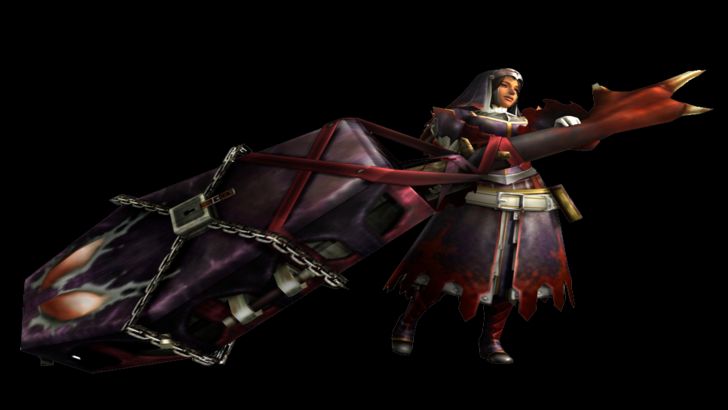
The Hunting Horn, a support weapon introduced in Monster Hunter 2, utilizes the Recital mechanic. Combining different colored notes produces various beneficial effects, including attack and defense buffs and healing. Like the Hammer, it deals blunt damage, focusing on head strikes for stuns. However, its damage is generally lower due to its support capabilities.
Changes primarily focused on refining the Recital mechanic until Monster Hunter Rise, which brought a major overhaul. Improvements included playing notes while attacking (Monster Hunter 3 Ultimate), song queuing (Monster Hunter World), and Echo Notes (Iceborne), enhancing flow and fluidity.
Monster Hunter Rise simplified Recitals, requiring only double-pressing a button and halving the song list, making the weapon more accessible but sacrificing some complexity. This divisive change sparked debate, with some lamenting the loss of intricacy and others praising the increased accessibility.
Gunlance
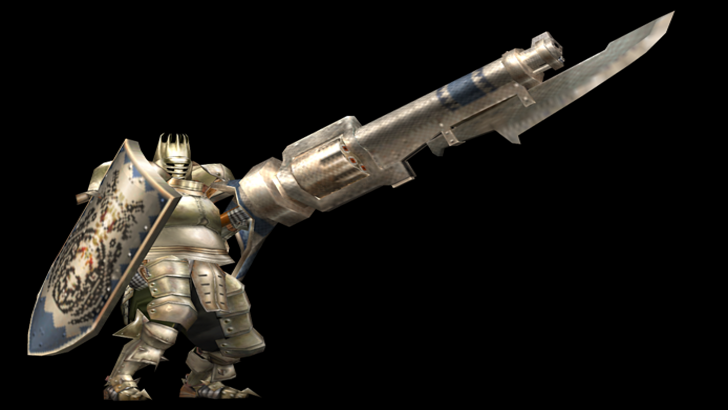
The Gunlance, a hybrid of Lance and Bowgun, combines a large shield and piercing lance with explosive shelling. Unlike the Lance, its attacks are primarily slashing, and it features finishers like the Wyvern's Fire (a charged explosive attack). Shelling is unlimited, replenished upon reloading.
Gameplay centers around utilizing shelling, with different shelling types impacting attack power. Monster Hunter 3 added quick reloading, enabling infinite combos, the Full Burst attack, and additional shell charging.
Monster Hunter X introduced the Heat Gauge, increasing damage with shell usage but risking overheating. Monster Hunter World added the Wyrmstake Shot finisher.
The Gunlance's unique reloading mechanics and balance between shelling and physical attacks set it apart. Managing shelling effectively is key to maximizing its potential.
Bow
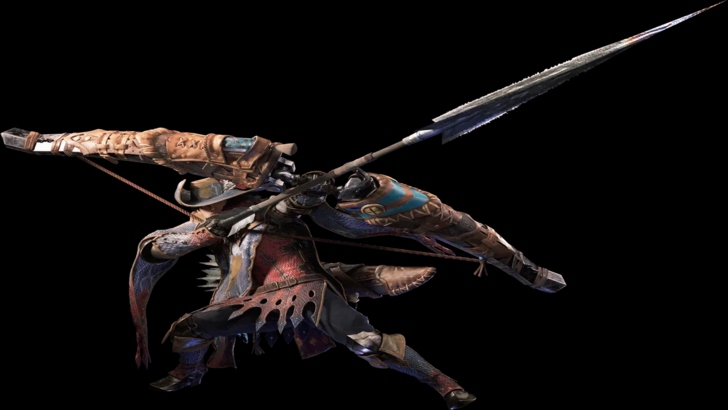
The Bow, introduced in Monster Hunter 2, is the most agile ranged weapon, excelling in close-to-mid-range combat. It's combo-focused, similar to melee weapons, with chargeable attacks firing more arrows upon successful charges. Coatings modify attacks, adding elemental or status effects.
Mobility and fluid combos are its strengths. While Shot Types were initially weapon-specific, Monster Hunter World unified the moveset, integrating Shot Types into the base attacks, making the Bow more combo-heavy and enhancing its aggressive, hit-and-run style. Monster Hunter Rise reintroduced Shot Types, tying them to charge levels.
The Monster Hunter World overhaul streamlined the Bow, creating a more aggressive, combo-focused ranged experience distinct from the Bowgun's point-and-shoot style.
Third and Fourth Generation
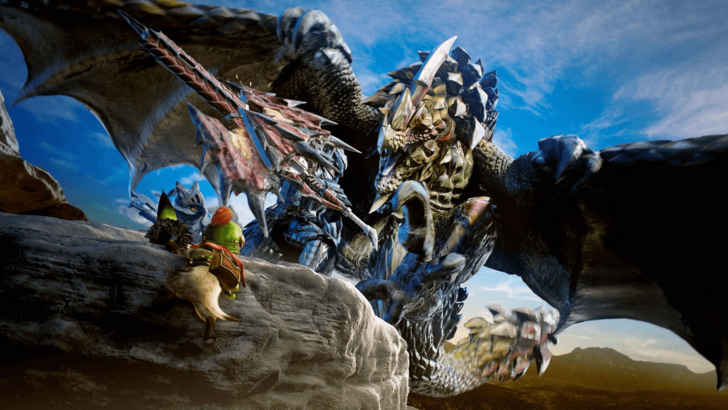
These weapons, introduced in Monster Hunter 3 and 4, feature unique morphing abilities and mechanics.
Switch Axe
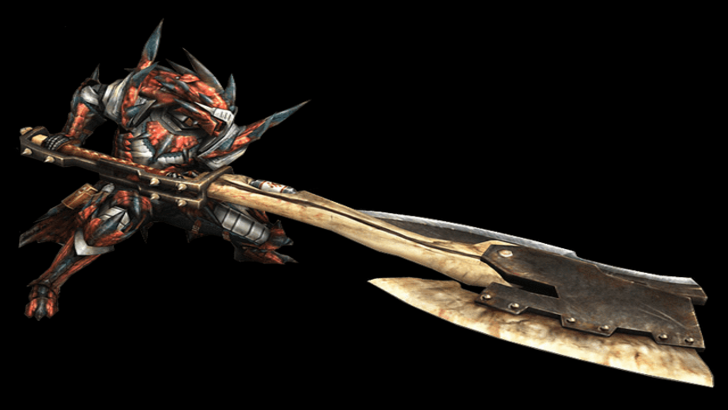
The Switch Axe, introduced in Monster Hunter 3, shifts between Axe and Sword modes. Initially requiring a quest to unlock its crafting, it later became readily available.
Gameplay balances both modes. Axe Mode offers greater range and mobility, with an infinite stamina-based combo. Sword Mode prioritizes damage, utilizing phials and the Elemental Discharge finisher.
While the core concept remains, morphing capabilities have improved. Monster Hunter World's Amped state empowers Sword Mode attacks, and Rise extends this to both modes, encouraging rapid form-switching.
The Switch Axe's form-swapping mechanics and explosive combat make it a unique addition to the series.
Insect Glaive
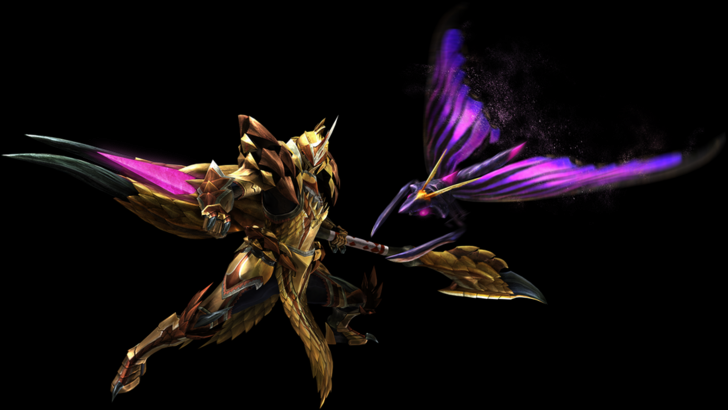
The Insect Glaive, introduced in Monster Hunter 4, excels in aerial combat. It uses a Kinsect (controlled insect) to gather essences that grant buffs. The Kinsect can be freely controlled or home in on tagged targets. It’s also highly effective for mounting monsters.
While basic attacks are unremarkable, collecting red, white, and orange essences provides attack, mobility, and defense buffs. Collecting all three grants stronger, non-resetting buffs.
Significant changes were mainly to its upgrade system. Monster Hunter World: Iceborne added the Descending Thrust finisher. Monster Hunter Rise simplified Kinsect upgrades, tying them to weapon level and introducing new Kinsect types.
The Insect Glaive's gameplay revolves around efficient essence collection for maximum buff effectiveness.
Charge Blade
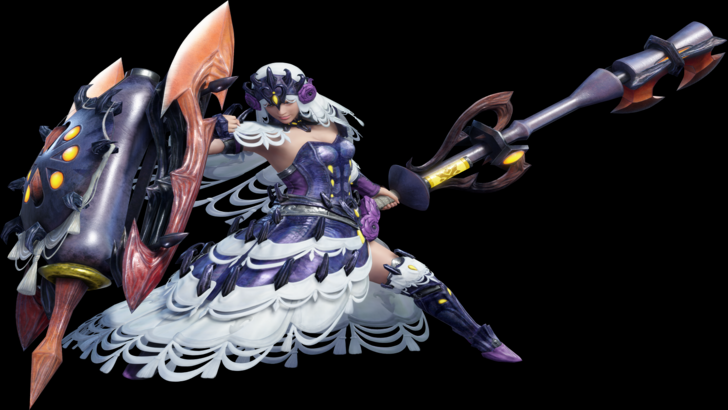
The Charge Blade, another transforming weapon from Monster Hunter 4, boasts versatility and powerful finishers. Sword Mode charges phials, while Axe Mode unleashes the Amped Elemental Discharge. It's considered one of the most challenging weapons due to its intricate mechanics.
Guard Points allow for charging phials while defending, and mastering transitions between modes is crucial. Phial types vary by weapon.
The Charge Blade's complexity demands mastery of guard points and mode transitions for optimal performance, rewarding skilled players with a truly versatile and powerful weapon.
Will There Be More?
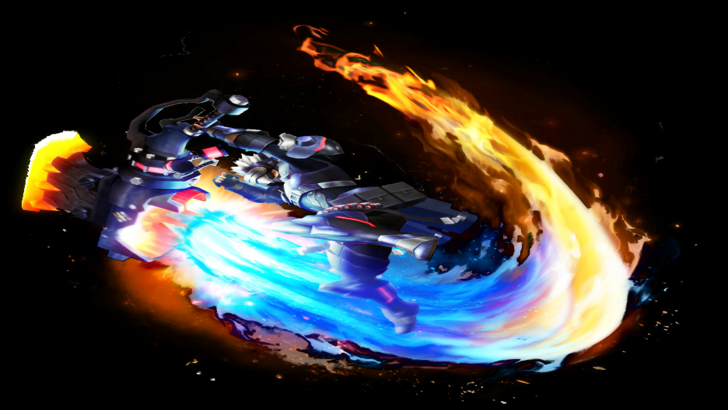
While Monster Hunter Wilds features fourteen weapons, several others from previous games remain absent from Western releases. Given the series' longevity, new weapons or ports of existing ones are likely. The hope is for future installments to further expand this already diverse and engaging weapon system.
You may also like...
